By staff reporter LIU YI
By staff reporter LIU YI
FOR writers, cultural differences are a constant source of inspiration. As the world becomes more like a global village, Chinese writers are eager to communicate with foreign readers through their works. This communication, however, is inhibited by the language barrier as well as huge cultural and societal differences between East and West. Literature in translation has become an important way of overcoming obstacles that no other means of communication has managed to deal with.
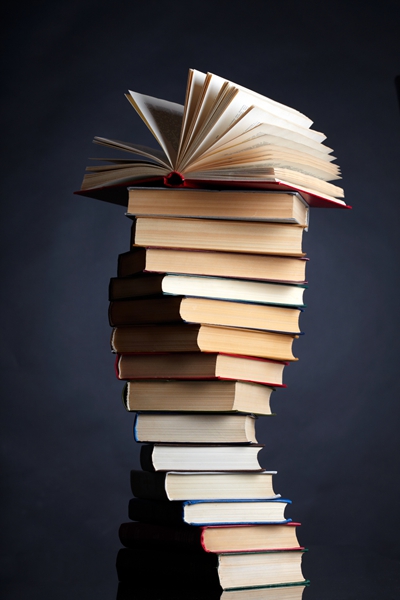
In 2012 the Nobel Committee for Literature awarded the prize to Chinese writer Mo Yan. Mo Yan’s novels have been translated into many languages, making him better known amongst foreign readers than other Chinese novelists. This is widely believed to have been a key factor in his nomination for the prize. At a press conference at the Chinese Embassy in Sweden before the prize ceremony, Mo Yan expressed his gratitude to his translators for their creative work.
Literature in translation has since become a topic of interest in the Chinese media and amongst the Chinese public. There has been much discussion about professional issues such as translation standards and skills.
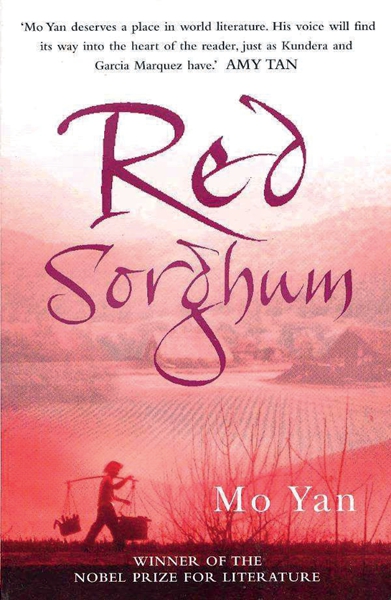
One of the most highly debated translations is the English version of Mo Yan’s Big Breasts and Wide Hips. The translator, Howard Goldblatt, who is a well-known sinologist, made significant changes and even deleted certain plot points. Many people believed the changes went against the principles of translation and were designed to pander to a market dominated by Western culture and values; while some viewed it a useful approach to enable foreign readers to gain a better understanding of Chinese culture.
Literature as Communication
“Literature is the way writers communicate with their readers, so it’s natural to make changes to adapt to their readers,” said Professor Karen S. Kingsbury from Chatham University. She went on to say that such changes show respect to readers, taking into consideration their cultural background and historical position. “As far as I know, all changes Howard Goldblatt made were approved by the author.”
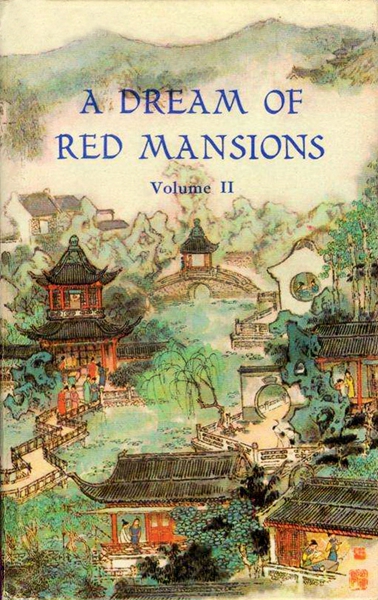
Professor Kingsbury is an expert on contemporary Chinese literature and translator of Love in a Fallen City, a masterpiece by Eileen Chang (Zhang Ailing). “Many great works, and not-so-great works, are not the sole works of the author, but a group of people,” she said, “for example, the editors.”
She then gave another example that is more familiar to Chinese people but is sometimes overlooked. A Dream of Red Mansions, she said, is the greatest novel in Chinese history, but its author made many changes according to suggestions made by his close friends, who were also his first readers. When the author passed away the novel was completed by another writer who contributed about a third of the finished work.
Professor Kingsbury studied Comparative Literature at Columbia University in the mid-1990s. Her doctoral dissertation advisor Professor Xia Zhiqing was at the forefront of contemporary Chinese literature research and thought highly of Eileen Chang, a famous chronicler of 1940s Shanghai. It was during her time at Columbia that Kingsbury decided to translate Love in a Fallen City, as part of her dissertation.
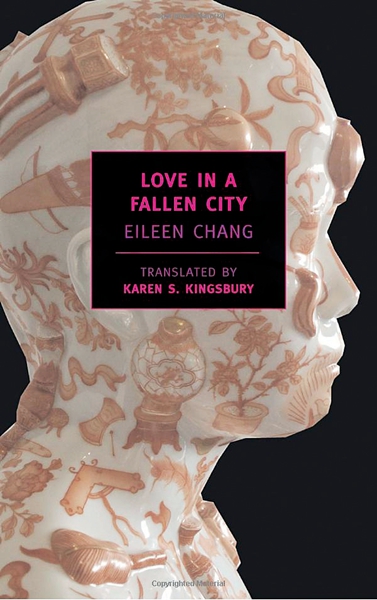
The translation took nearly six years. When the first draft was finished, Kingsbury showed it to friends and asked for their feedback. In 1996 it was published in Renditions, a magazine of literature in translation published by the Chinese University of Hong Kong.
The reviews helped Kingsbury to go deeper in the novel. After several rounds of revisions, her translation was eventually published in 2007, and soon made part of the Penguin Classics range.
Kingsbury spoke frankly about the huge effect a translator’s understanding of the original work can have on communication with readers. She said she often had queries about plot details when reading Chang’s novels.
“But when I push it a little further, I will say ‘Oh yes!’ It’s like a door, and when you push the door, there is another room behind the door,” she said, going on telling what she felt when reading The First Brazier of Incense, the novelette that established Chang’s writing style and literary fame.
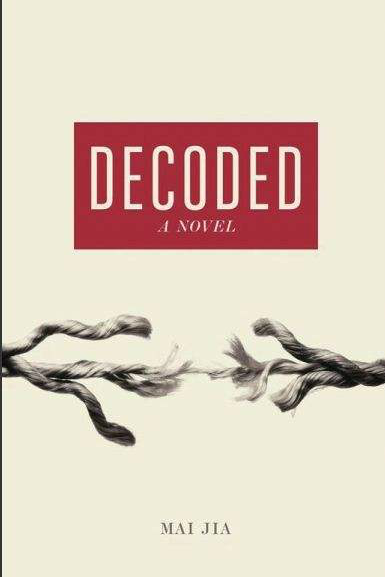
The story happened in 1940s Hong Kong. In the opening scene, the young female protagonist makes her first visit to the villa of her rich aunt, a widow and socialite. She looks carefully around the living room, which is decorated in the Western style. Several objects stand out quite starkly: a snuff bottle, a small statue of Avalokitesvara, and a wooden screen, making the room into a confusing jumble that doesn’t quite make sense to the readers.
But go on reading ... The protagonist walks into the sitting room where her aunt has just taken off her hat, and she is sitting there with her high-heel slippers swinging from the ends of her toes. The setting here is entirely Chinese – the author even mentions the old-fashioned curtains and a spray of flowers that only natives of southern China love.
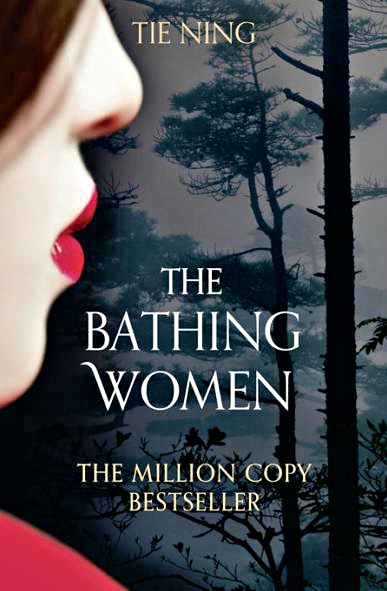
The Bathing Women, a masterpiece by Tie Ning.
“Then I understood why Chang describes the settings so deliberately,” said Kingsbury. “The living room is set to produce an Oriental impression that is made especially for British visitors, catering to their colonial mentality. Moving to the inner room which is not for public display, the details of the setting show the owner’s actual personality, and convey key connotations to fellow Chinese.”
Exploring the work is “like an enjoyable and stimulating game or puzzle,” said Kingsbury. As the most serious reader of a fiction work, the translator needs to solve many problems of understanding before she is able to present the work to other readers. “Translators might solve some problems, but leave others vague,” said Kingsbury, “as the vagueness is also the charm of a work that attracts readers.”
Looking for the Next Eileen Chang
When asked why she translated Chang’s novels, Kingsbury replied, “My goal was to find great Chinese writers.” Kingsbury started to learn Chinese in her 20s. At that time, she had just graduated from university with a degree in English Literature. She then chose to teach English in Sichuan, southwestern China. “There were only about 20 foreigners in the college, including foreign teachers and their families,” Professor Kingsbury recalled, “so I started to learn Chinese.”
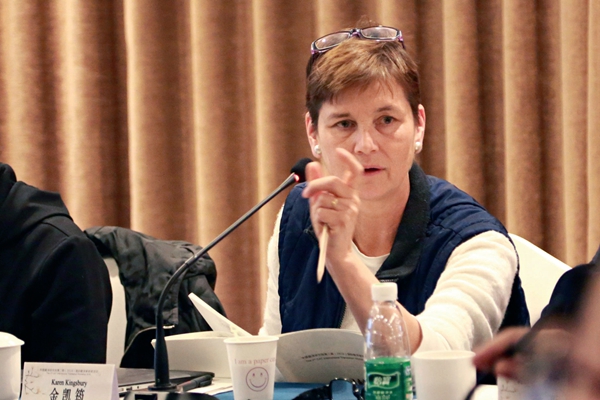
In the early 1990s she studied Comparative Literature at Columbia University with Professor Xia Zhiqing and Professor Wang Dewei, leading lights in contemporary Chinese literature research. Eileen Chang became well-known in the U.S. only after her novella Lust, Caution was adapted for the screen by Academy Award-winning director Ang Lee in 2007. Back in the 1990s, her name remained relatively unknown for several reasons.
“I deeply believe that Eileen Chang is a great writer, as good as Lu Xun, Leo Tolstoy, and Virginia Woolf,” said Kingsbury, “so I want to do my best to bridge the gap of language and culture.”
Kingsbury believes Eileen Chang’s background in bilingual education is one factor contributing to her appeal in the West. “In her early years, Chang didn’t write fiction for English readers, but her multicultural background helped her think like English-speaking people.”
“Writers who have a profound understanding of foreign cultures are able to ‘adjust’ their works for foreign readers.” Kingsbury explained that this “adjustment” means that the writers can think of various cultures and social backgrounds while writing, whether they do so intentionally or unconsciously. She gave a more recent example of Japanese writer Murakami Haruki. “He is very popular in the U.S., as he knows what English readers like to read,” Kingsbury said.
Kingsbury noted that love and life are topics that could arouse the widest interest amongst readers. Many Americans are curious about how Chinese society operates, how Chinese people live, and what they think of religion and life.
“But personal interest and social trends also influence readers’ decisions. For instance, my students pay special attention to women’s issues,” Professor Kingsbury said. Chatham University, where she teaches, was until recently a women’s college, one of the oldest and most eminent in the Midwest. “They want to know how Chinese see gender differences, and how different genders see life.”
Nowadays, there are multiple channels through which people can access Chinese literature thanks to advances in telecommunications. Professor Kingsbury gave a particular mention to “Paper Republic,” a platform for literature in translation founded in 2007. Since going into cooperation with Beijing-based People’s Literature in 2011, the website has gathered together a group of writers, works of literature and translators. “Many American publishers visit the website for publishing ideas,” Kingsbury said, “as the U.S. market is looking for more outstanding Chinese literature.”